Temple Square, Salt Lake City, Utah
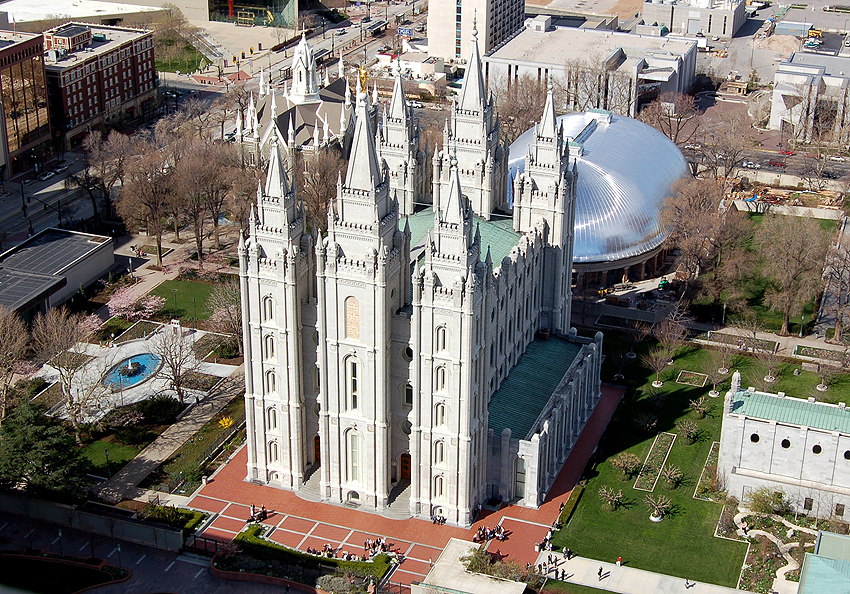
Several days after the arrival of the Mormon pioneers in the Salt Lake Valley, Brigham Young identified a site where the Saints would build a temple to their God. That temple was constructed during the period of 1853-1893. It sits on a ten-acre block in the heart of Salt Lake City, Utah commonly known as Temple Square.
Because the streets of Salt Lake City run north, east, south, and west of the temple, scholar Hugh W. Nibley considered pioneer Salt Lake to be an example of a hierocentric settlement in which civilization was “centered around the holy point of the temple.” According to Nibley, such was the pattern anciently in Babylonia, Egypt, Greece, and elsewhere. Consequently, because of its orientation to the temple, just the layout of Salt Lake City gives it a unique history.
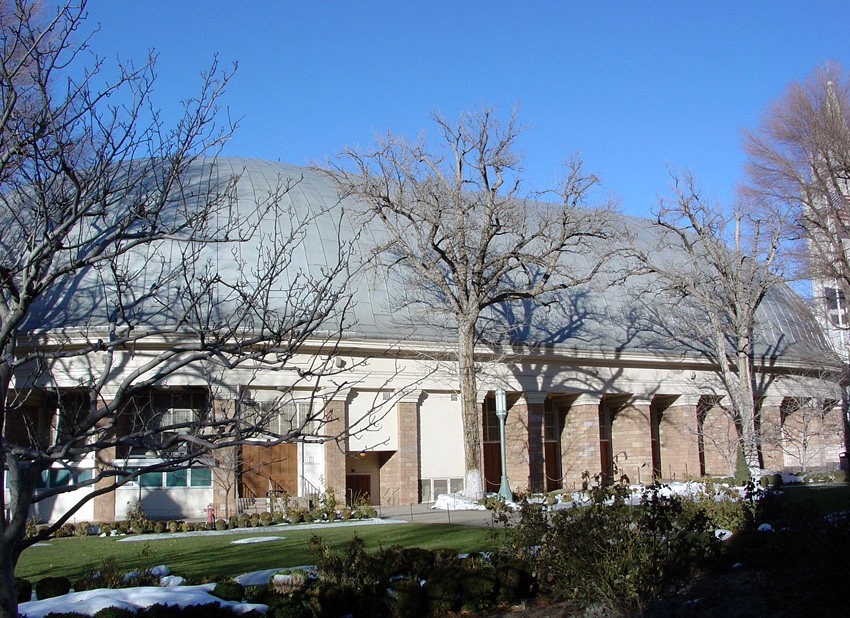
Along with the temple, Temple Square is home to the Tabernacle, Assembly Hall, Temple Annex, two visitors’ centers, a decorative pool, and a number of monuments and statuary. Several million visitors come to Temple Square annually. The buildings are open to the public with the exception of the temple. The tabernacle houses the Mormon Tabernacle Choir. Rehearsals and performances are often held there. Larger crowds require that some concerts are held in the Conference Center across the street to the north. Admission to the temple requires that one be a Latter-day Saint in good standing as determined by ecclesiastical leaders.
To the east, north, and west of Temple Square are blocks on which other important buildings of the Church of Jesus Christ of Latter-day Saints are situated. Some of these are historic, dating back to the mid-nineteenth century. These 3.5 blocks comprise the headquarters of the Church and are sometimes referred to collectively as Temple Square. Signs and directories in the area employ such verbiage as “The Conference Center at Temple Square,” thus broadening the definition of the square beyond the traditional ten-acre block. A wall dating back more than a century surrounds Temple Square. Gates on all four sides of the square allow access until they are locked in the late evening.
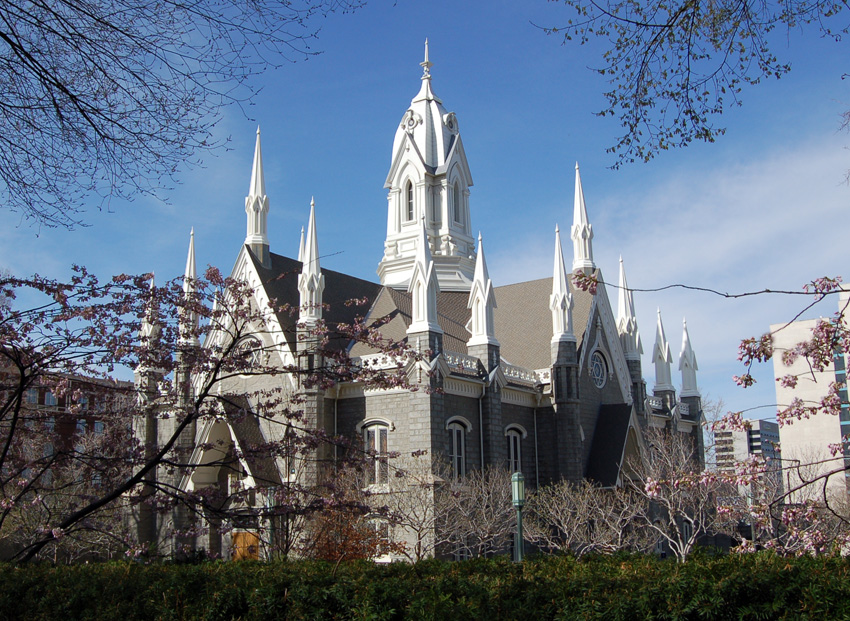
Map & Directions
Ownership Status
Temple Square is owned and maintained as a Church Historic Site of The Church of Jesus Christ of Latter-day Saints. Hosts of various backgrounds serve as guides to visitors who can learn about the square in some forty languages. Temple Square is open seven days a week. There are no admission charges for any feature on Temple Square.
Photos

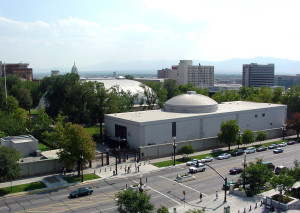

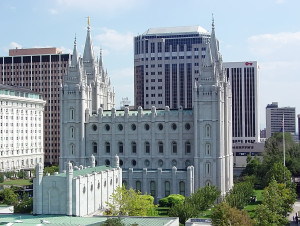
Articles & Resources
Sources
Russell R. Rich, Ensign to the Nations, 159.
Elwin C. Robison, Gathering as One, 89.
Thomas G. Alexander, Utah: The Right Place, 108.
